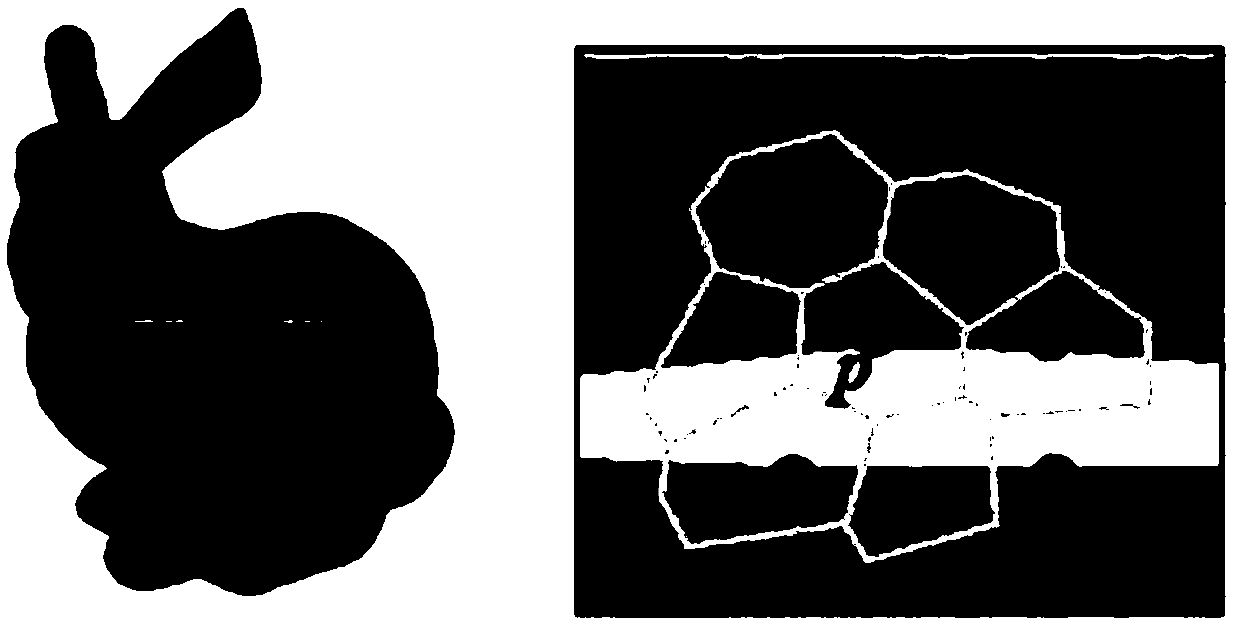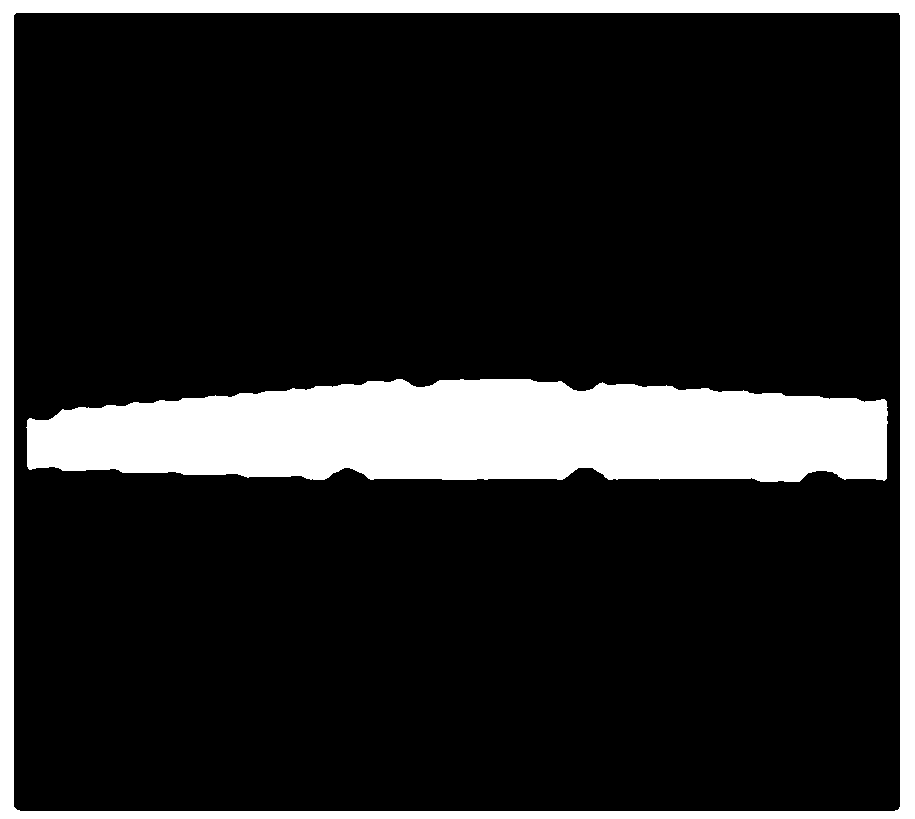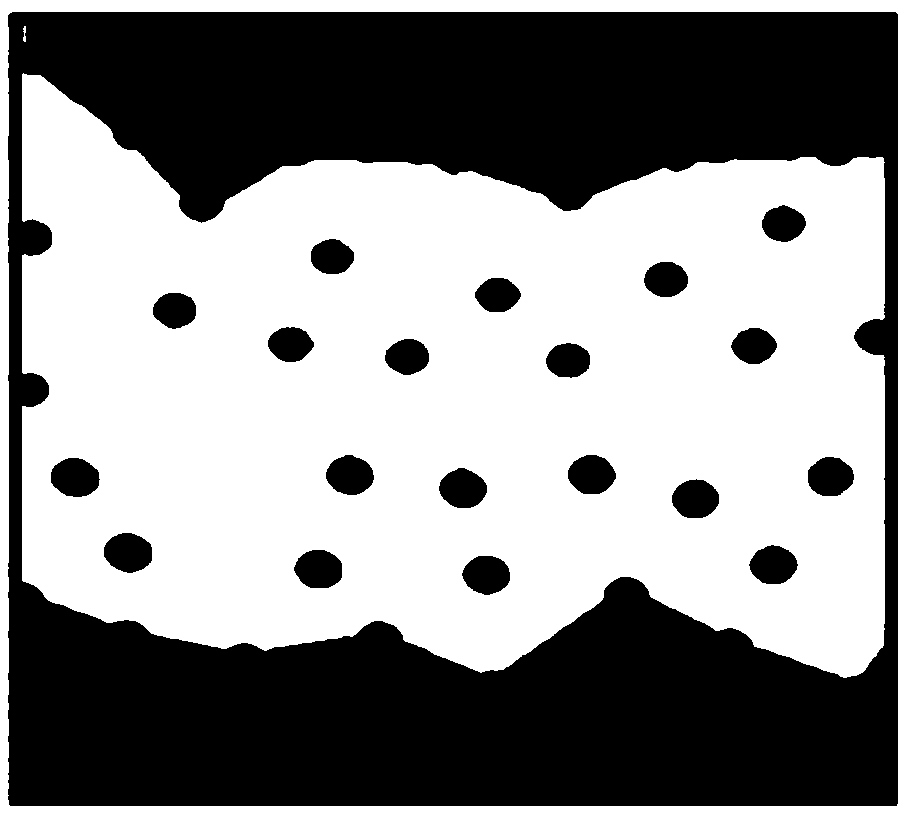Triangular mesh increment topology splicing method based on Delaunay subdivision
A triangular mesh and topology technology, applied in the field of product reverse engineering, can solve the problems of reducing mesh splicing efficiency, high time complexity and high space complexity
- Summary
- Abstract
- Description
- Claims
- Application Information
AI Technical Summary
Problems solved by technology
Method used
Image
Examples
Embodiment 1
[0032] Embodiment one: to Image 6 The Happy Buddha point cloud model shown is reconstructed into grids in blocks, and spliced using the method described in this paper. Image 6 The distribution of sample points at the mesh splicing of the model shown is relatively uniform, but there are local areas with large curvature changes. from Figure 7 ~ Figure 9It can be seen that the algorithm in this paper can correctly splice the grid model with relatively uniform distribution of sample points in the boundary area; at the same time, in the model feature area with large curvature changes, the stitched surface generated by the algorithm in this paper can more accurately reflect the local area of the original model. detail features.
Embodiment 2
[0033] Embodiment two: to Figure 10 The shown Venus point cloud model is divided into blocks to reconstruct the grid, and the method described in this paper is used for splicing. Figure 10 The model shown has a characteristic area where the sample points are unevenly distributed at the mesh splicing. like Figure 11 As shown, the algorithm in this paper can correctly stitch the grid model with uneven distribution of sample points in the boundary area.
PUM
 Login to View More
Login to View More Abstract
Description
Claims
Application Information
 Login to View More
Login to View More - R&D Engineer
- R&D Manager
- IP Professional
- Industry Leading Data Capabilities
- Powerful AI technology
- Patent DNA Extraction
Browse by: Latest US Patents, China's latest patents, Technical Efficacy Thesaurus, Application Domain, Technology Topic, Popular Technical Reports.
© 2024 PatSnap. All rights reserved.Legal|Privacy policy|Modern Slavery Act Transparency Statement|Sitemap|About US| Contact US: help@patsnap.com










